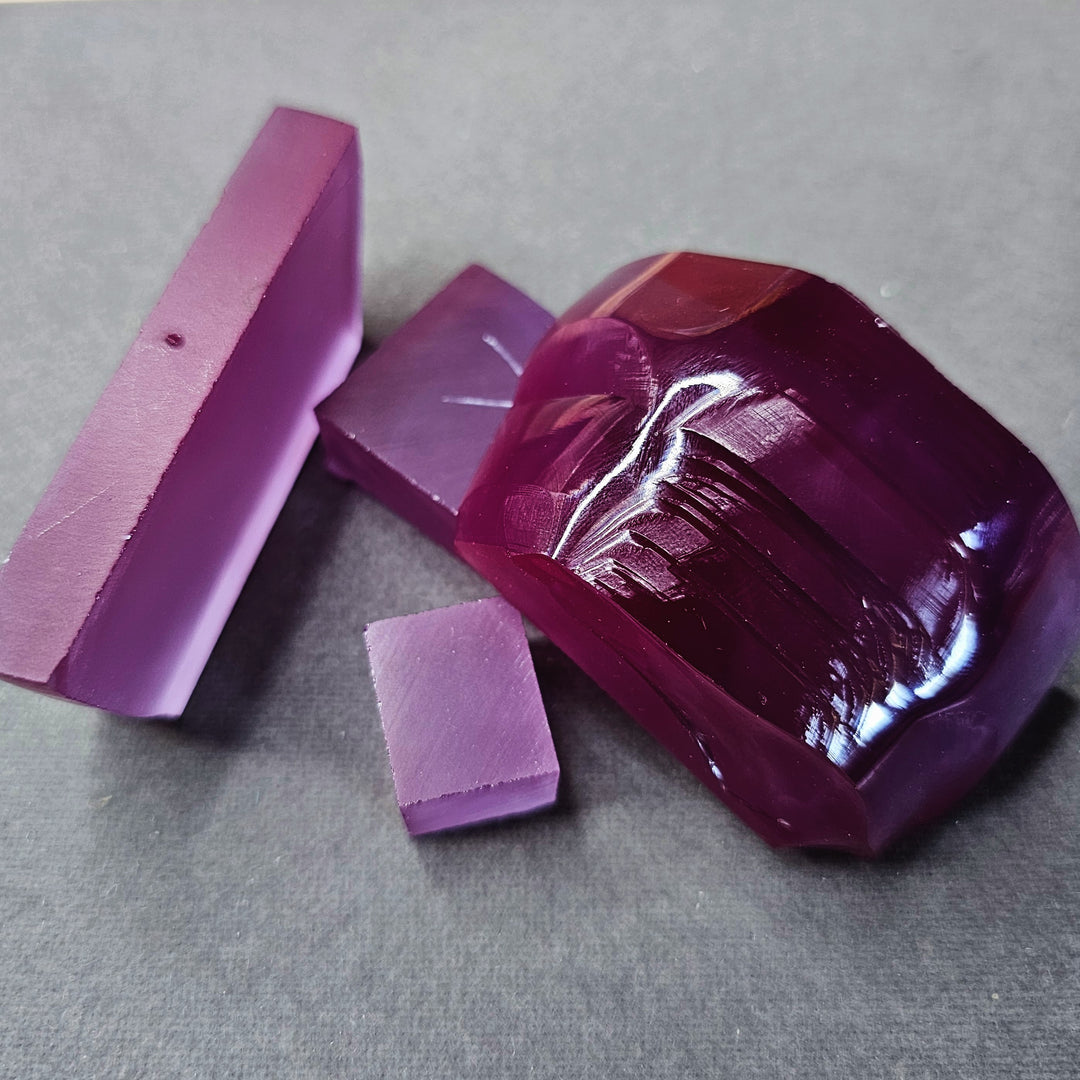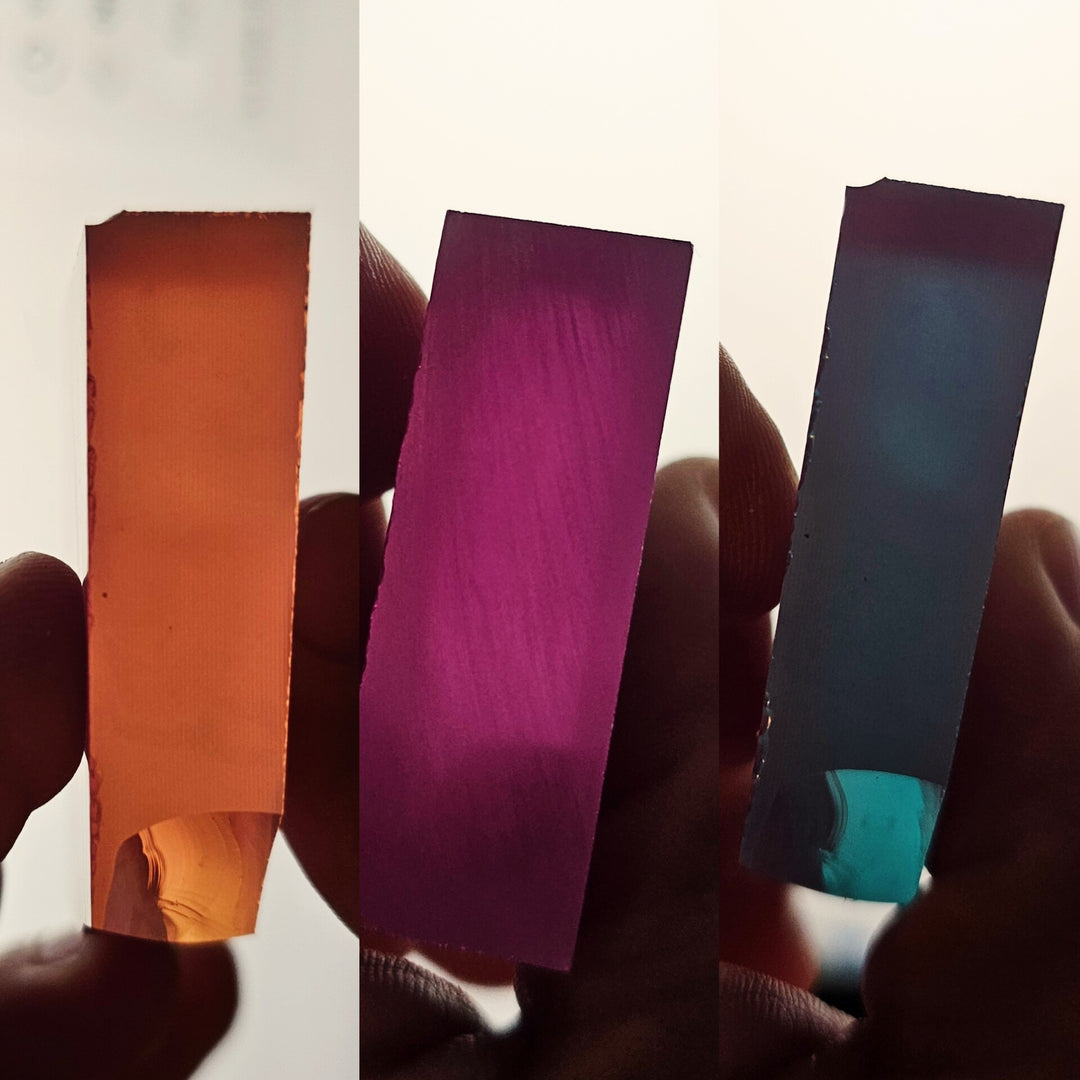Light Czochralski Laser Alexandrite
Chromium-doped beryllium aluminate (BeAl2O4:Cr3+), commonly referred to as alexandrite, is a type of solid-state laser material that has been widely utilized since its development. The laser operates on the principle of chromium ions being substituted into the crystal lattice of beryllium aluminate, a process which significantly alters the optical properties of the host crystal. These chromium ions are responsible for the laser action, absorbing light in the near-infrared through visible ranges and emitting it through stimulated emission at wavelengths primarily around 680 to 800 nanometers.<br><br>The versatility of the alexandrite laser is one of its most significant features, supporting both continuous wave and pulsed operations. This adaptability, combined with the tunable nature of its output, makes it exceptionally useful for a variety of applications. In medical settings, alexandrite lasers are prized for procedures requiring high precision, such as dermatological treatments and non-invasive surgeries. Furthermore, in the realm of scientific research, they are employed in spectroscopy and other analytical techniques due to their ability to produce coherent, tunable light across a broad spectrum. This makes them invaluable tools for both exploratory research and practical applications in diverse fields.
This particular boule top of laser alex was notable because it was bubble free which is very uncommon in laser alex and also a lower concentration of chromium resulting in very bright stones that can be cut in larger sizes.

